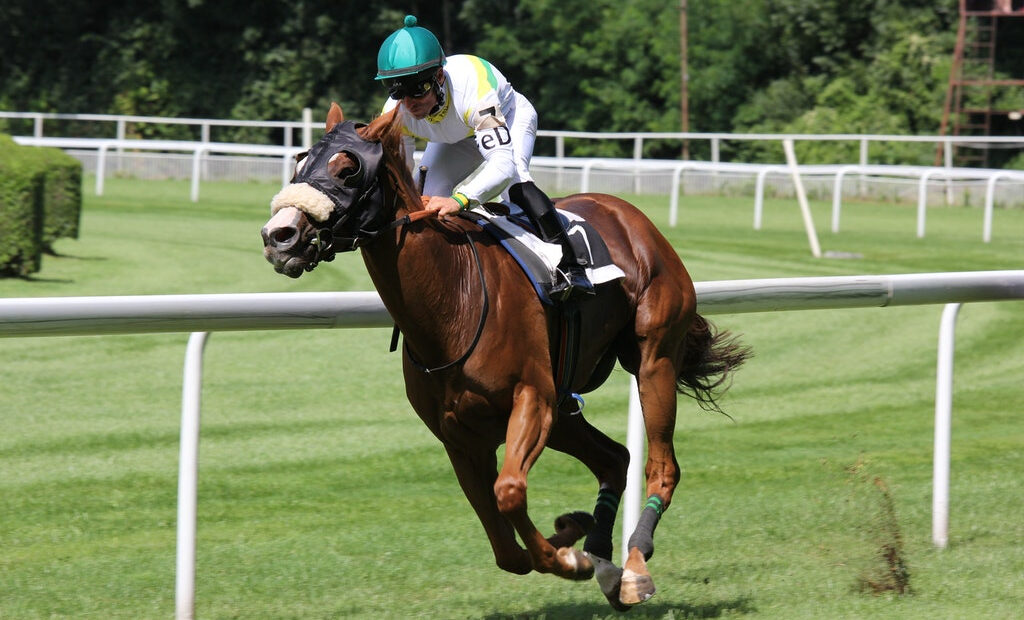How horse racing became the most popular sport in Japan

Horse racing, known as keiba in Japan, is one of the country’s most cherished sports. It is an interesting story of assimilation and expansion that tells how a foreign import has become integral to a nation’s culture. From its ancient origins to its present day popularity, it has enthralled many Japanese residents, and thus horse racing holds an important place in their recreational activities and cultural heritage.
Importance of the sport in Japanese culture
Keiba has a special place in Japanese culture because it is more than a sport; it’s a social event that brings people together. Families find themselves at tracks, making such an act of visiting racetracks a tradition that goes back several generations. The wide popularity of the sport and its significance to communities are evidence enough about how far this sport has grown into society.
Development of racecourses & jockey clubs
The development of racecourses and jockey clubs was crucial in establishing horse racing in Japan. The first formal racecourse was built at Negishi in Yokohama in the 1860s principally for the expatriate community. Further promotion of horse racing came with the foundation of Kobe Jockey Club in 1870. These early establishments served as the basis for more sophisticated racecourses and clubs we currently witness.
Influence of Emperor Meiji
Emperor Meiji played an indispensable role in popularising horse racing throughout Japan. His presence during races helped legitimise them and made them popular among locals. From this juncture, Western-style horse racing became part of Japanese culture; an era marking the beginning of a new chapter for sports.
Growth and popularity
The popularity of horse racing in Japan has steadily increased over the years. The sport was initially introduced by foreign settlers and quickly gained traction among locals. The introduction of betting in the early 20th century further boosted its appeal. Today, horse racing is a multi-billion dollar industry, attracting millions of spectators and bettors annually. Many enthusiasts turn to platforms like Bee Bet, which offers a convenient and exciting way to participate in the action.
Post-war economic boom and horse racing
Horse racing in Japan was significantly affected by the boom in the Japanese economy following the Second World War. The rapid economic growth of this country caused an increase in disposable incomes allowing more people to get involved with horse racing, a sport they could enjoy. This period experienced a plethora of new race tracks while existing ones were modernised thus making horse racing more popular.
Establishment of the Japan racing association
In 1954, the Japan Racing Association (JRA) was established to manage and control horse racing in Japan. It had an important role in establishing fair play, standardising the game, and improving racehorse breeding. Such actions have been at the core of raising Japanese horse racing as a brand.
Introduction of the Japan Cup
The Japan Cup which commenced in 1981 is considered one of the most prestigious global horse races. It takes place annually at Tokyo Race Course attracting top horses from around the world. Consequently, it has played significant roles in setting international competition and global ratings for Japanese horse racing worldwide.
Conclusion: The future of horse racing
The future of horse racing in Japan looks promising, with continued investment in infrastructure, breeding, and international collaborations. The sport is set to maintain its popularity and cultural significance. As Japan continues to innovate and adapt, horse racing will undoubtedly remain a cherished part of its cultural heritage.
The editorial unit






















Facebook
Twitter
Instagram
YouTube
RSS